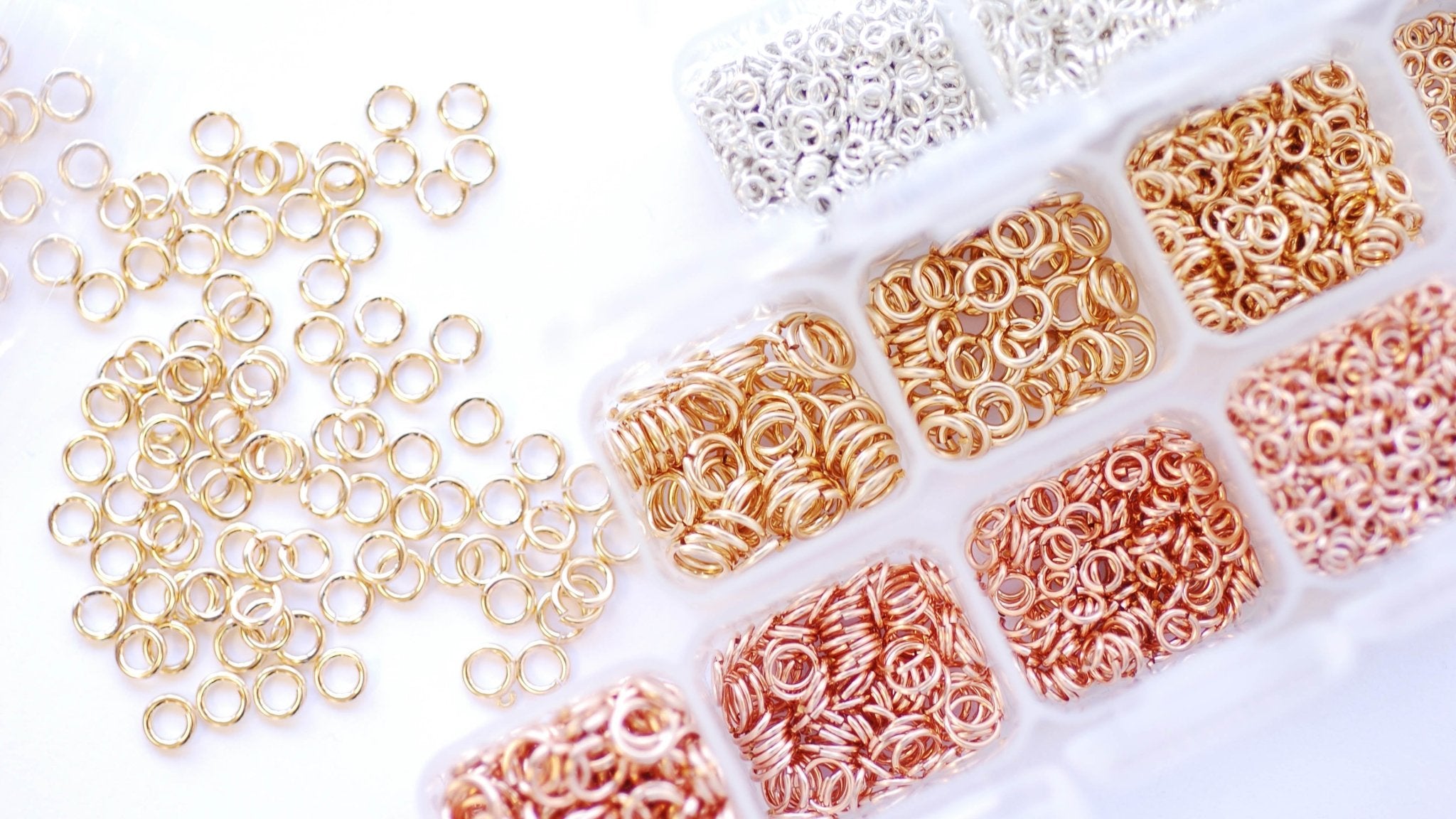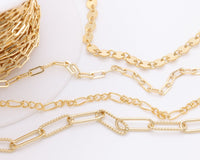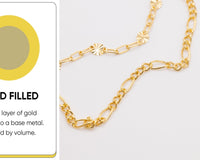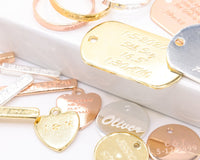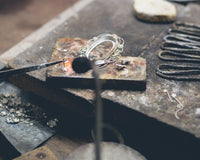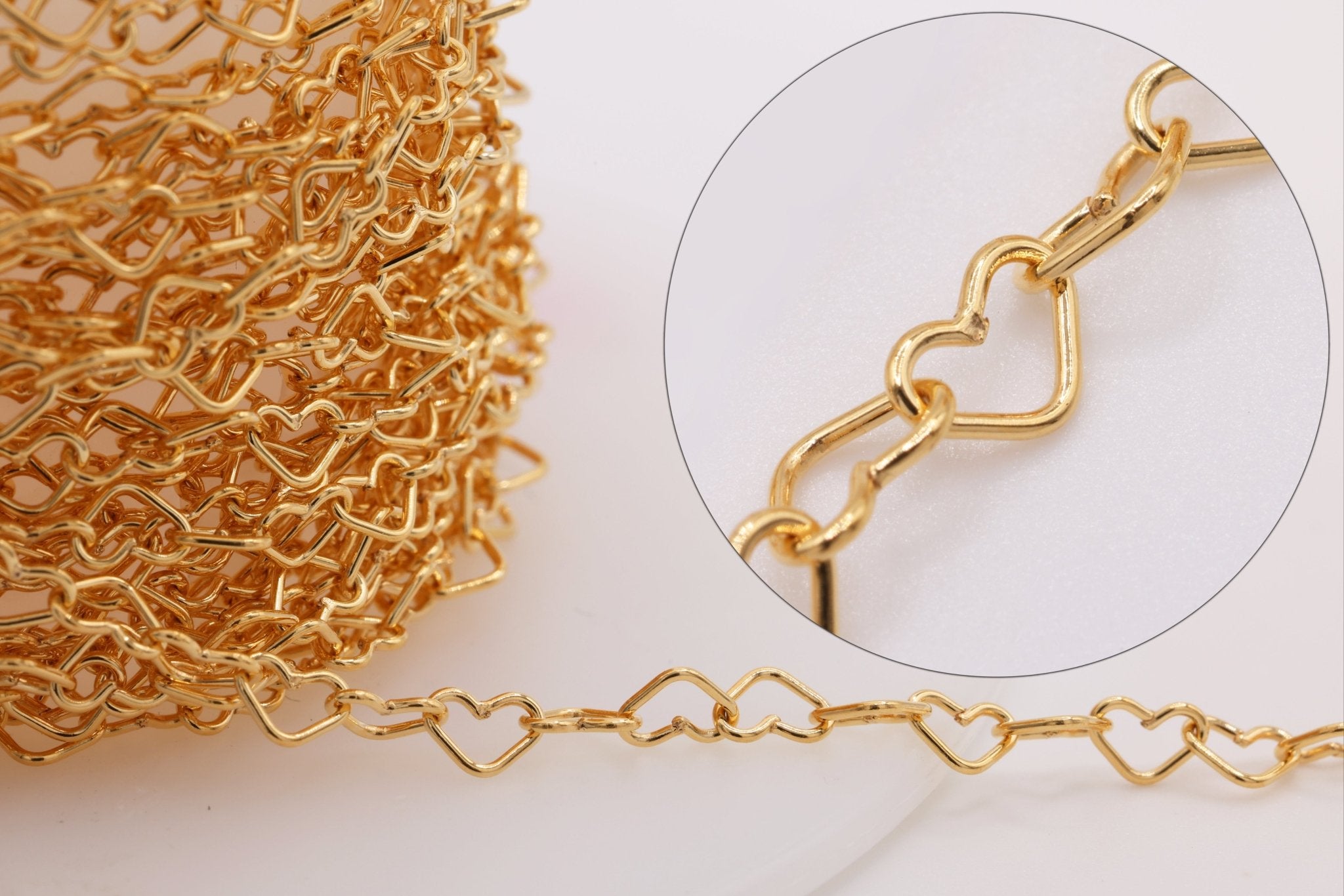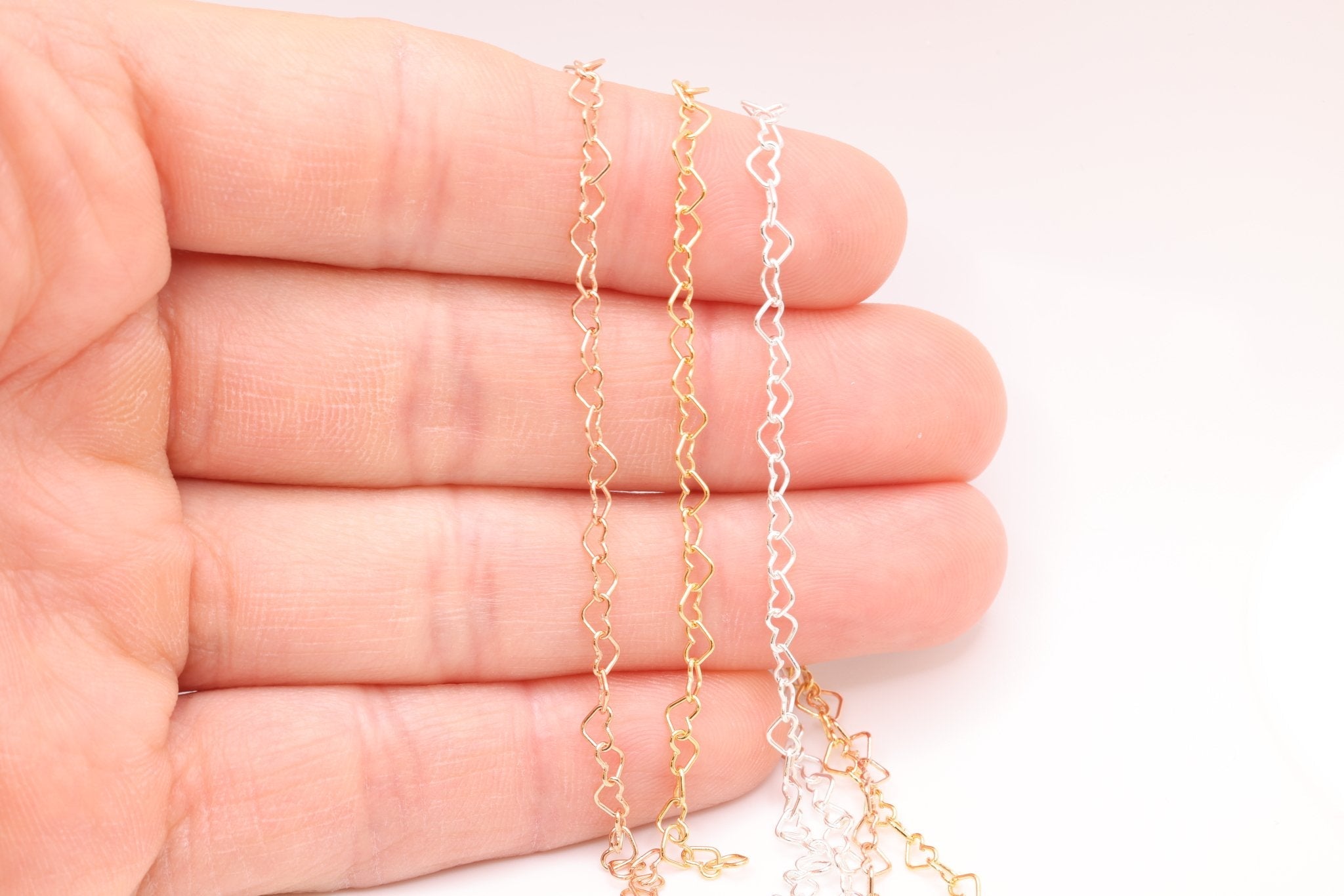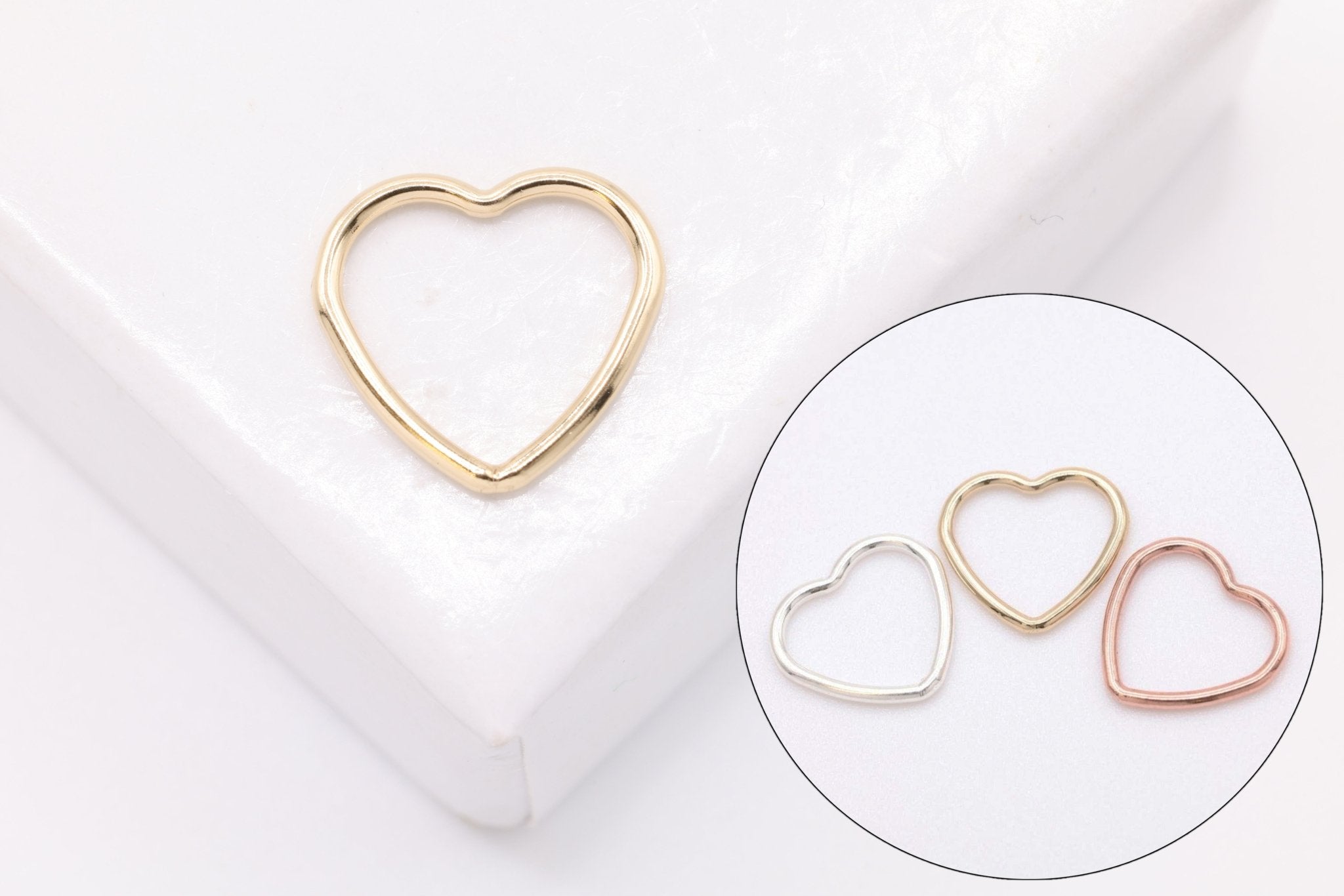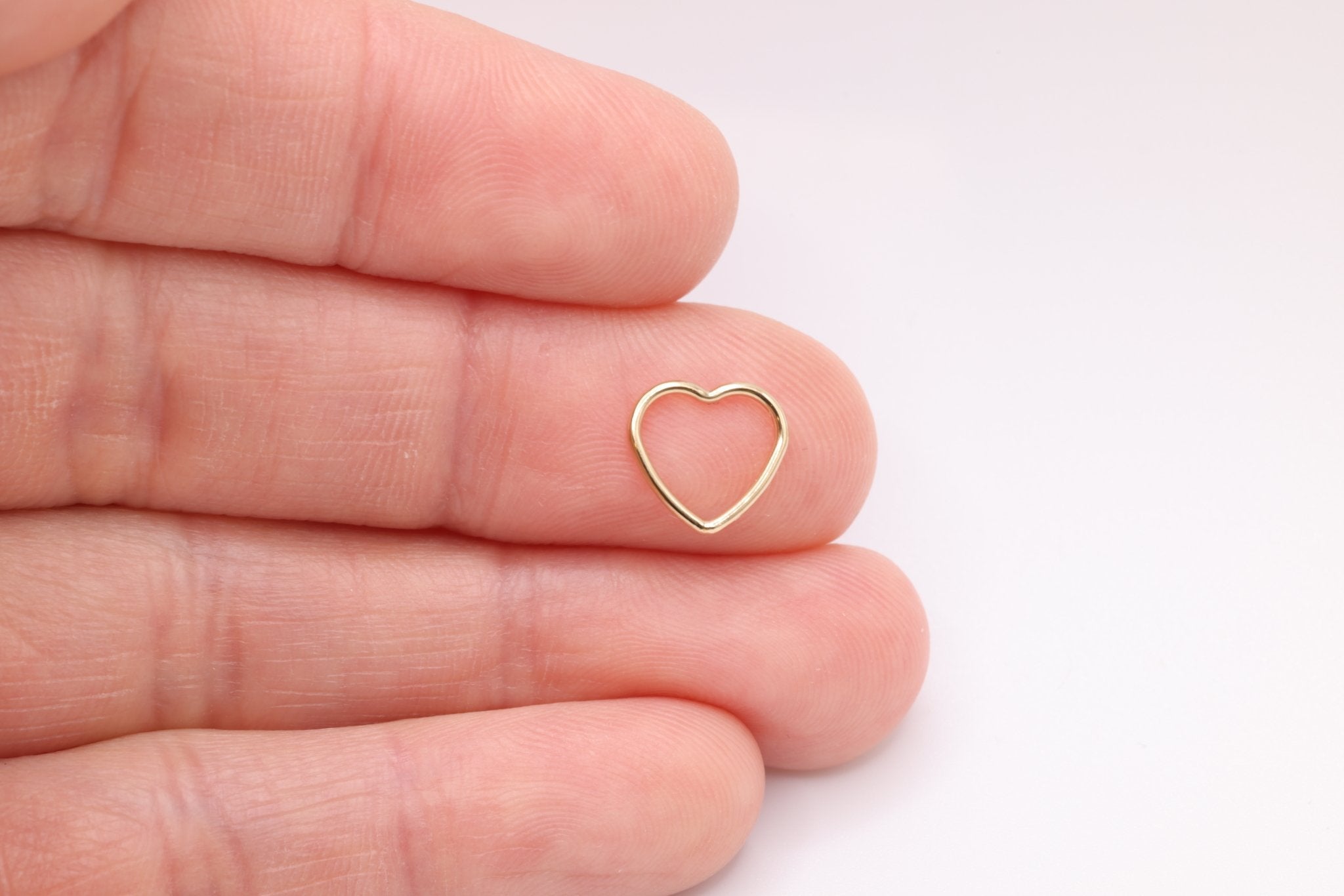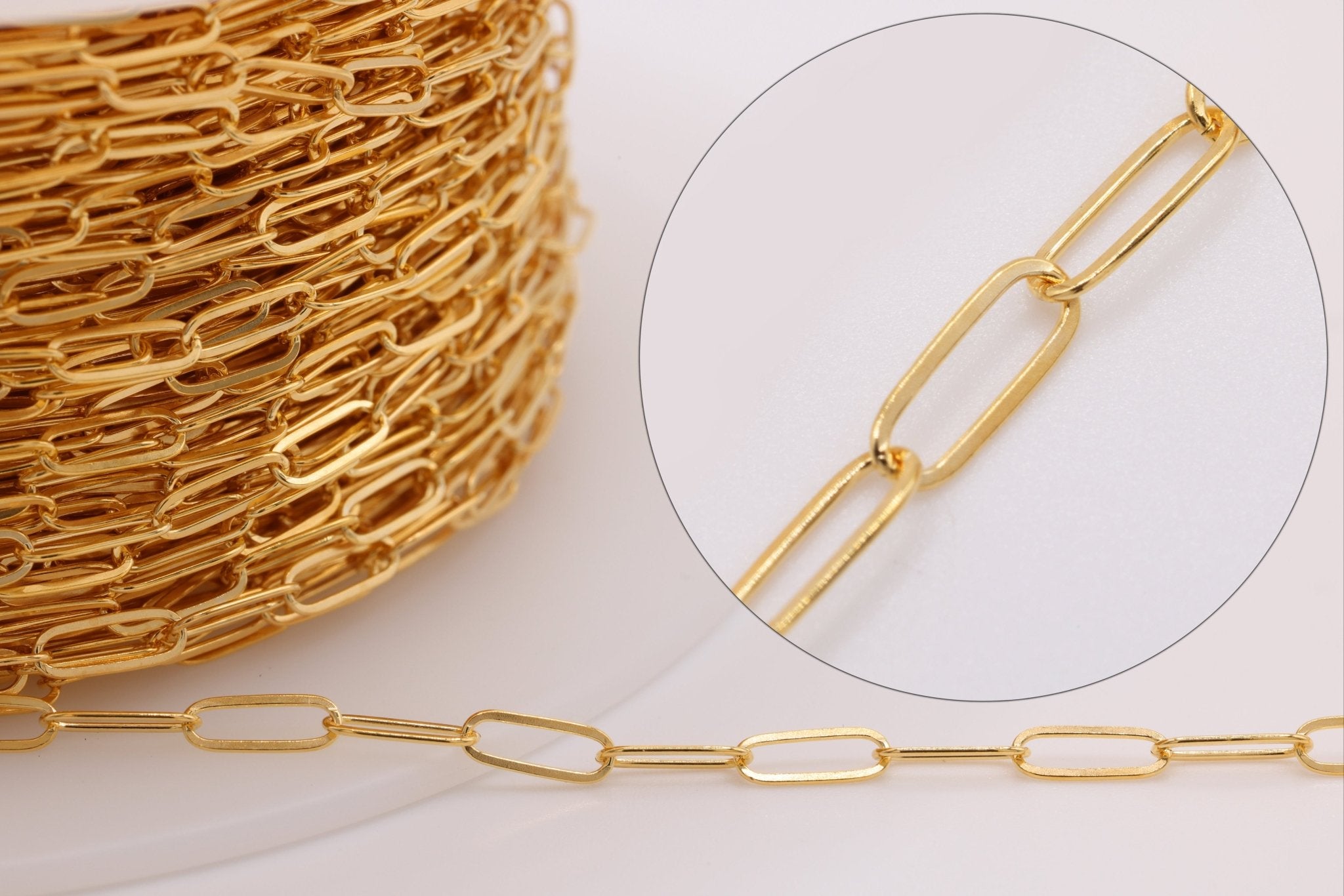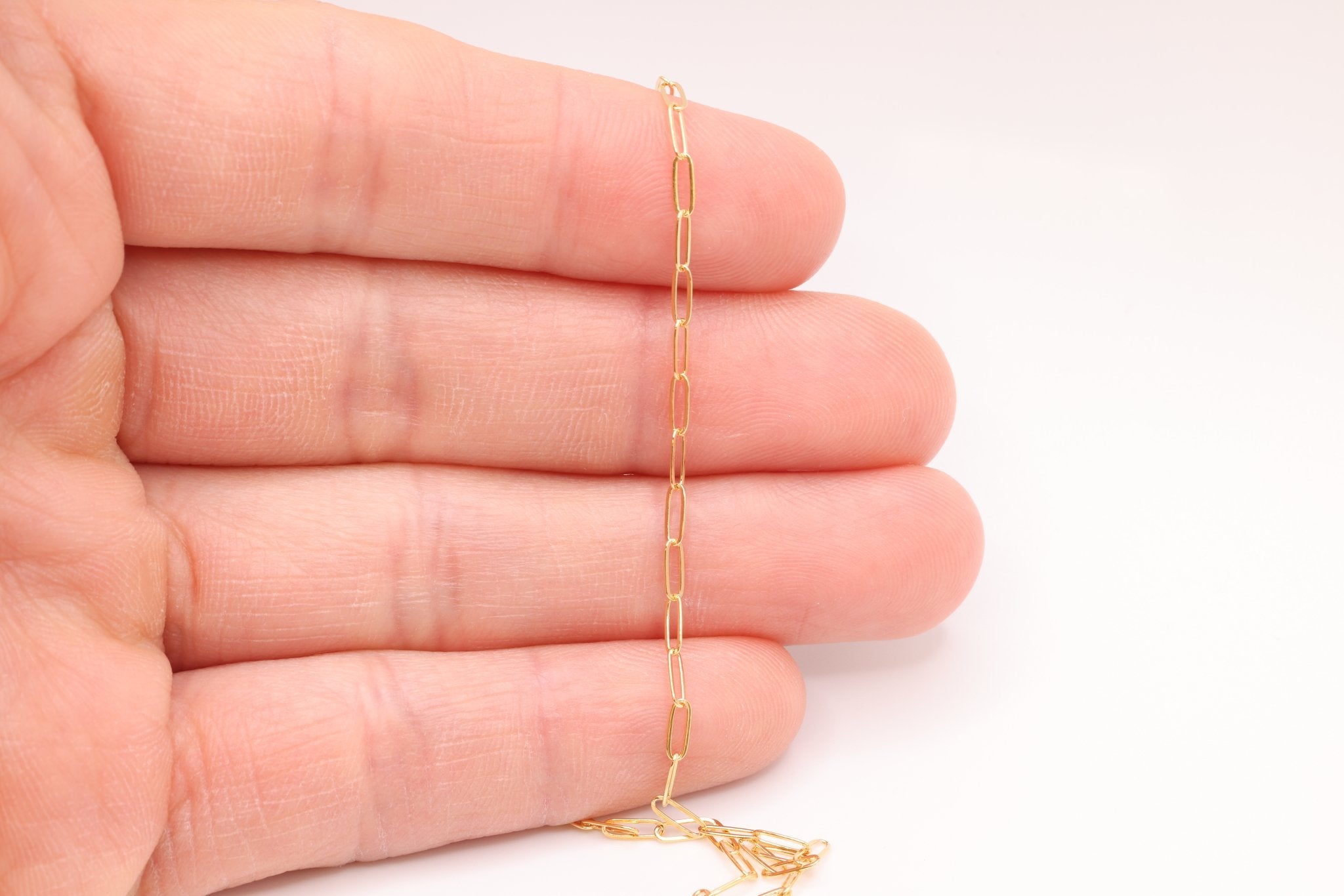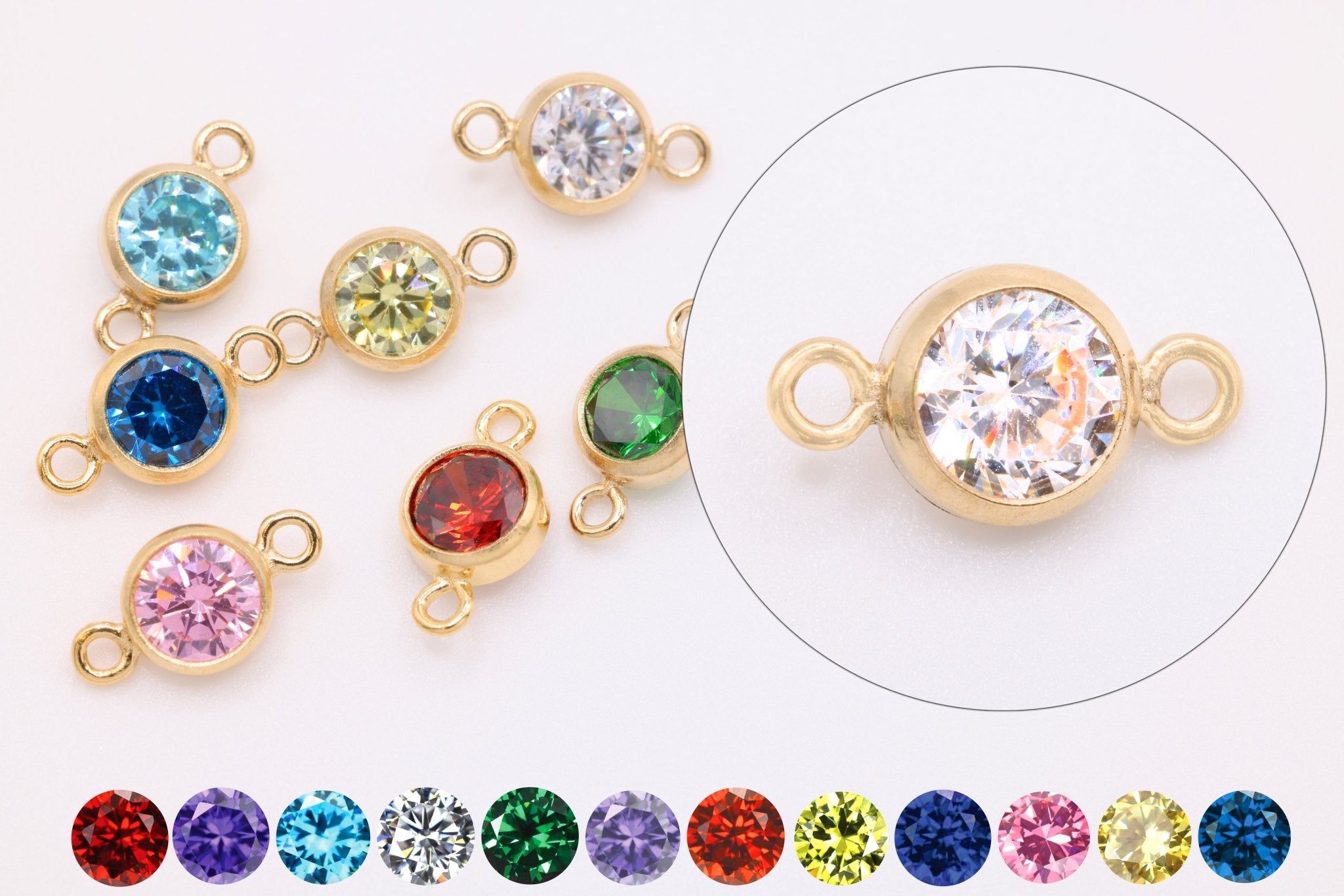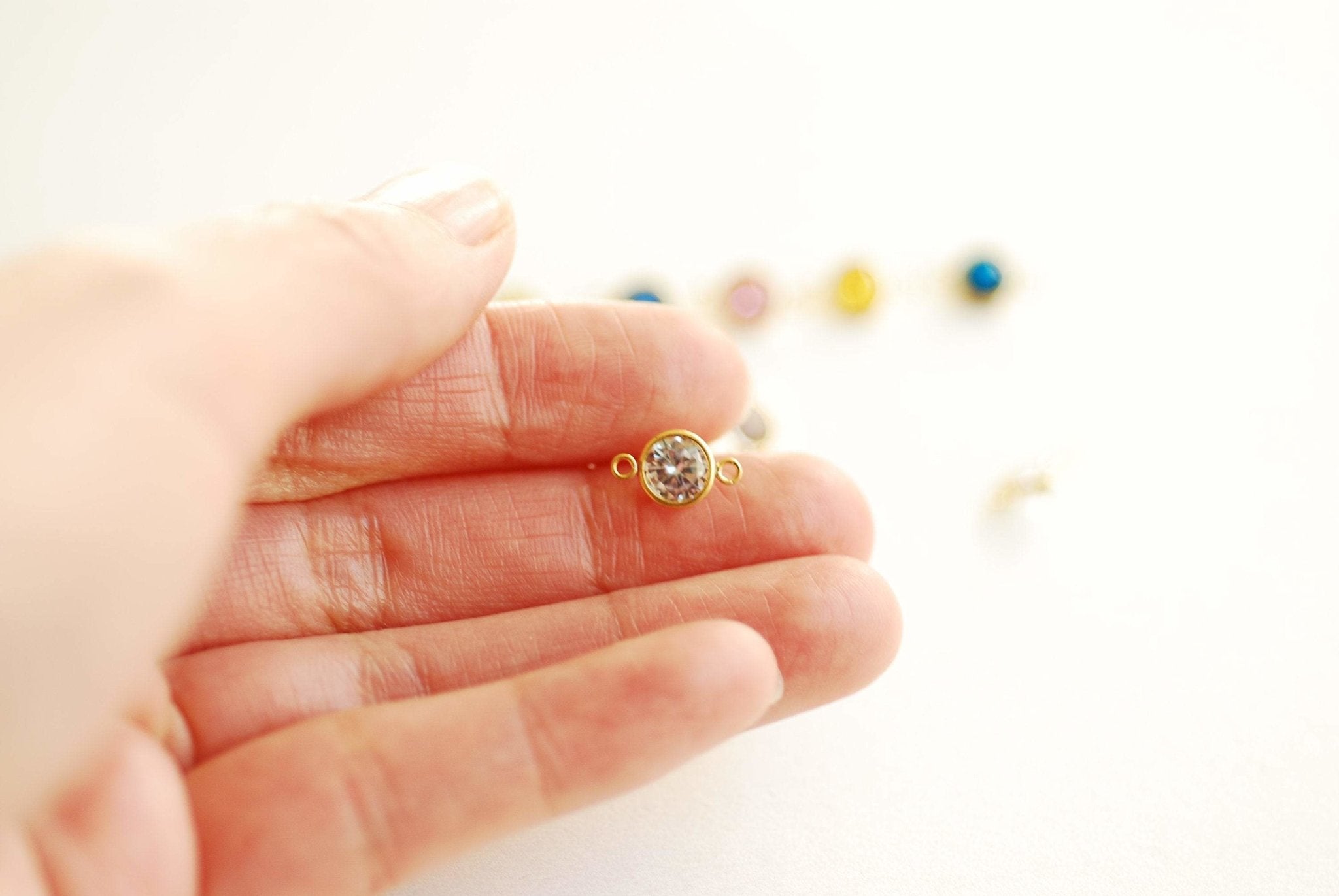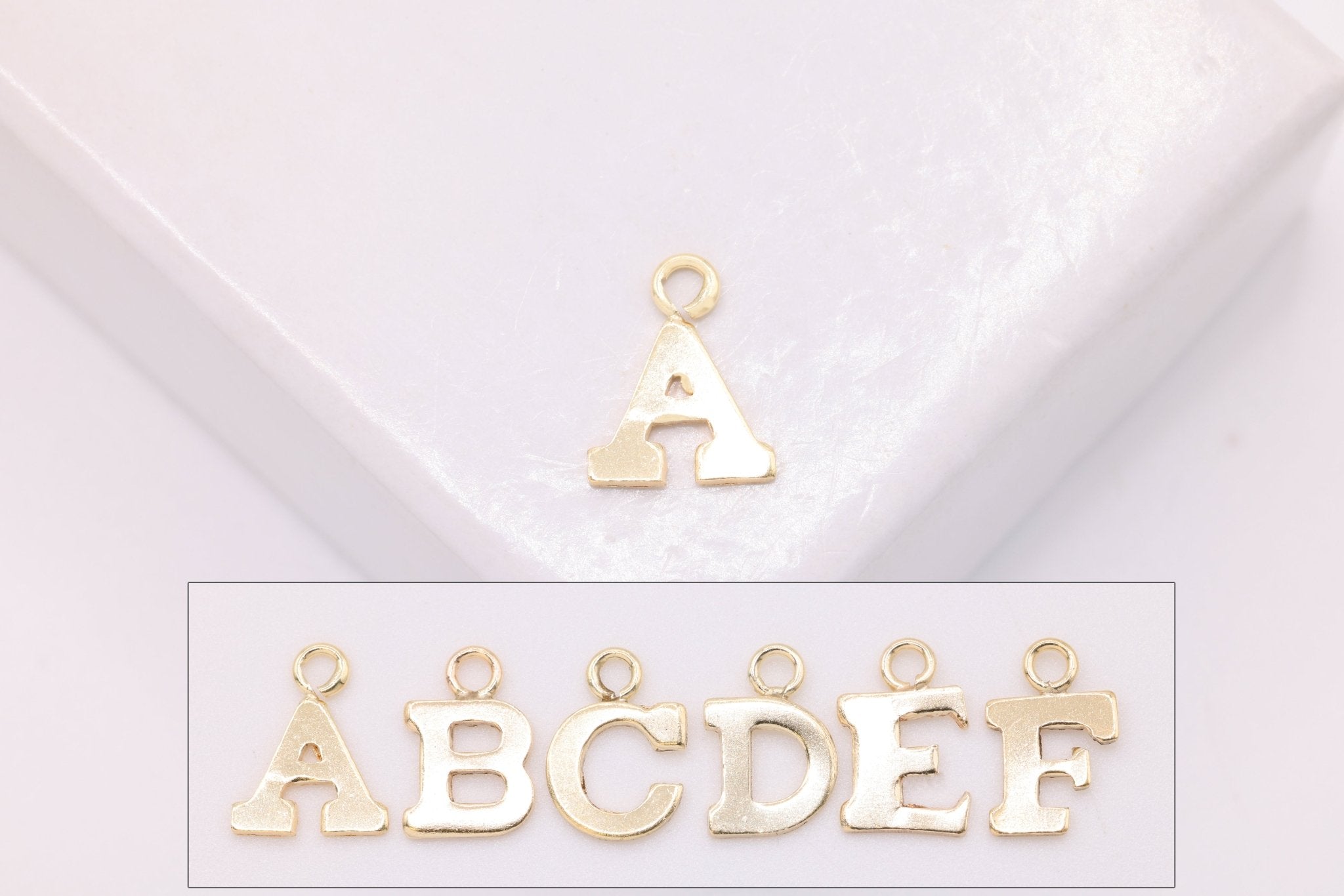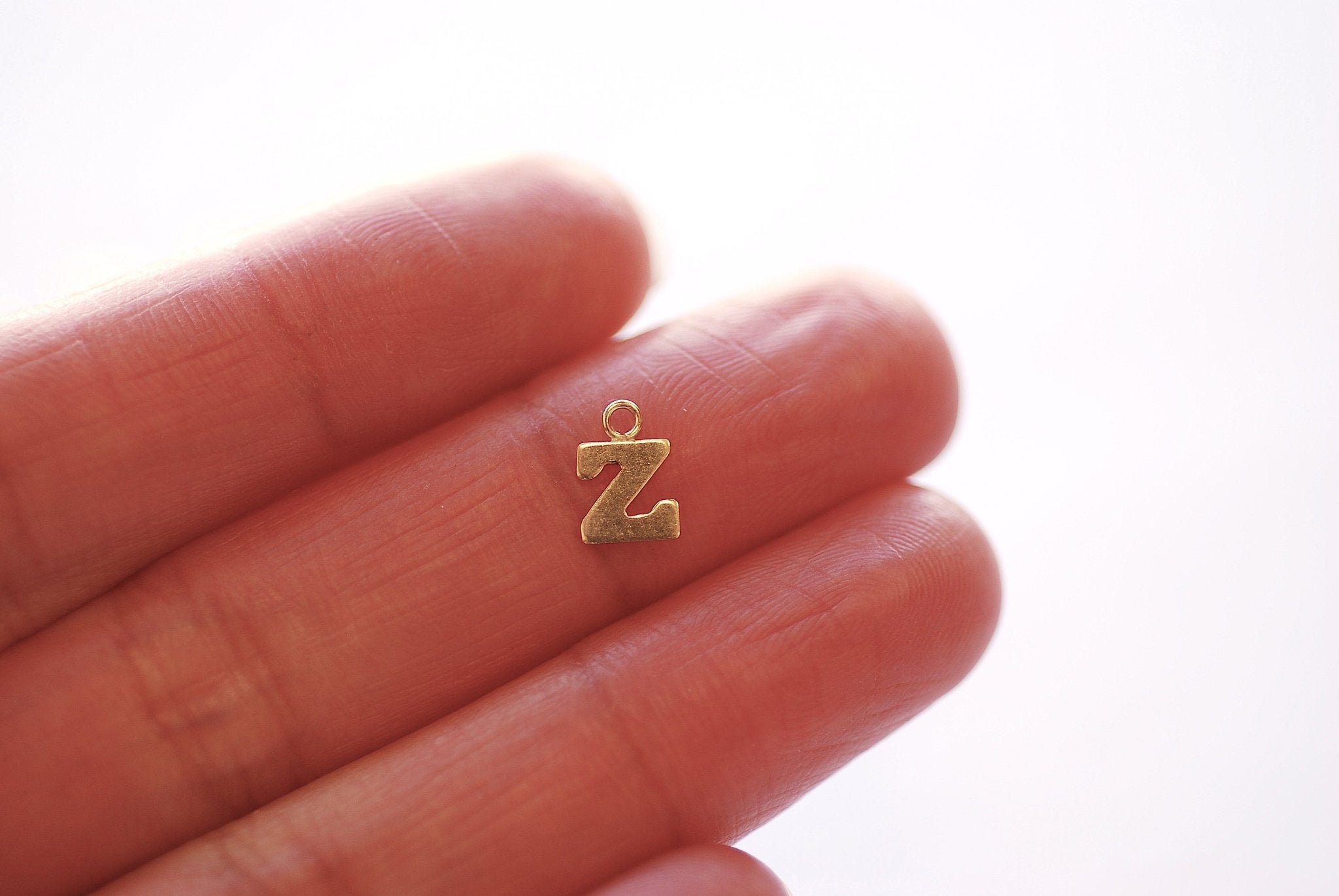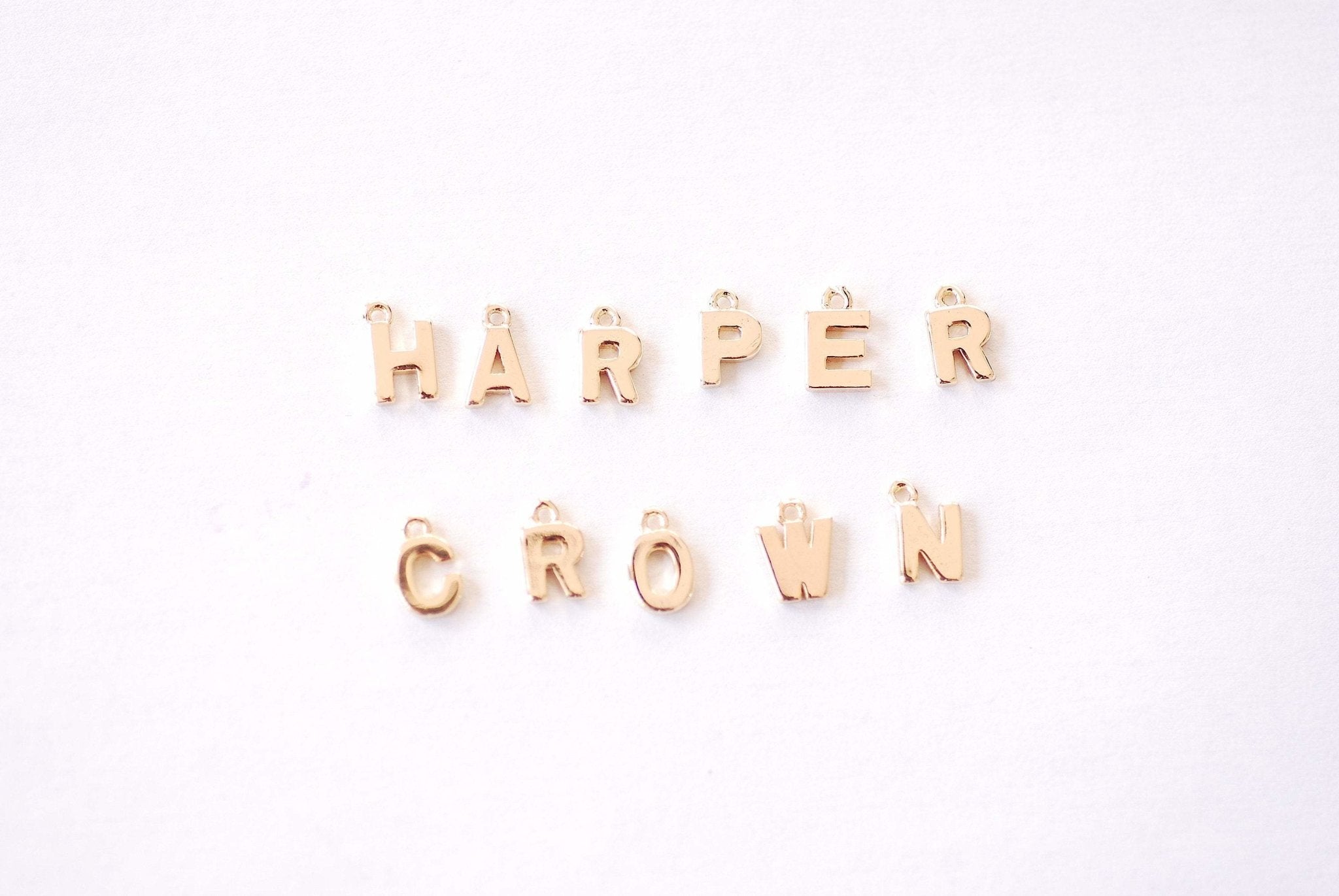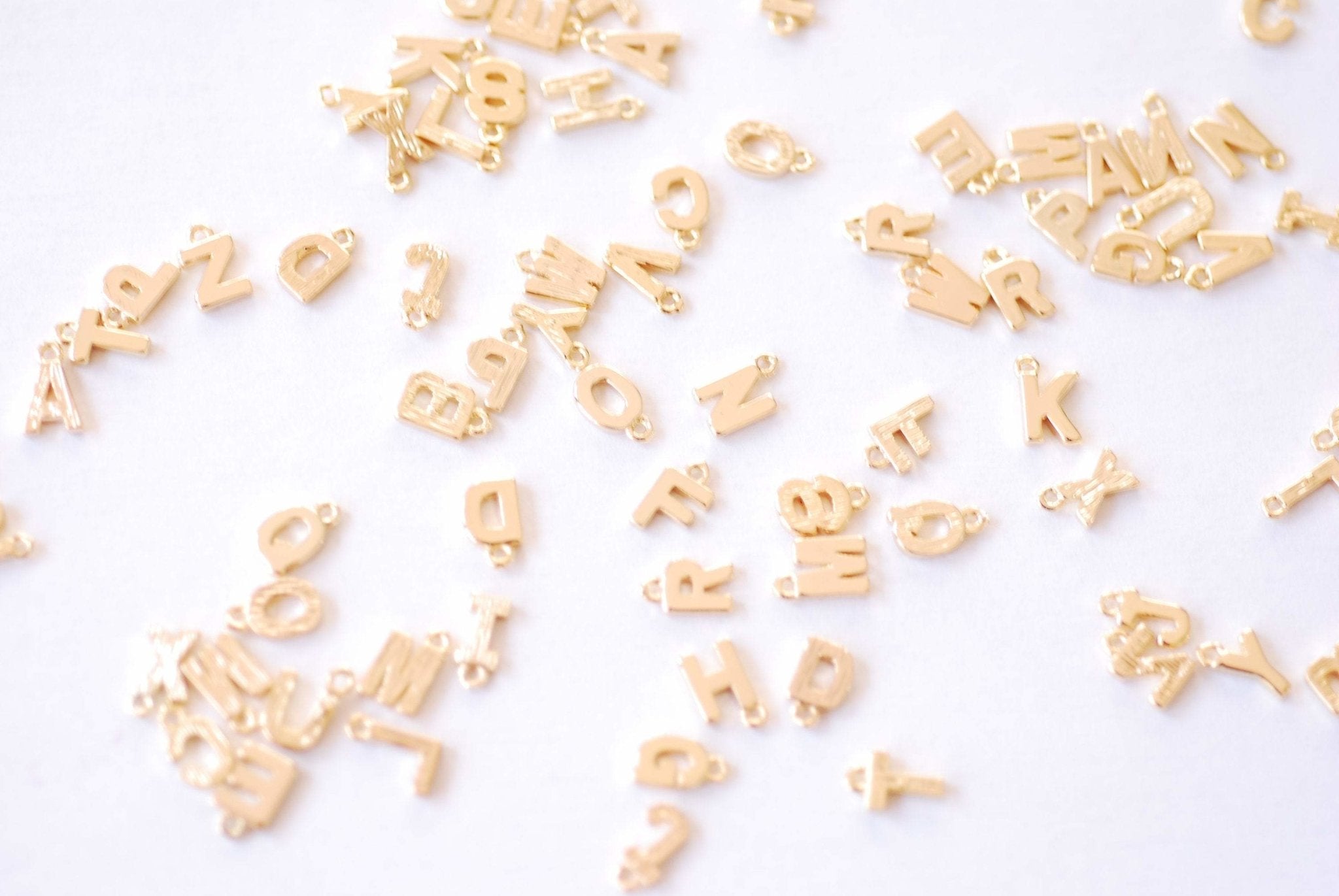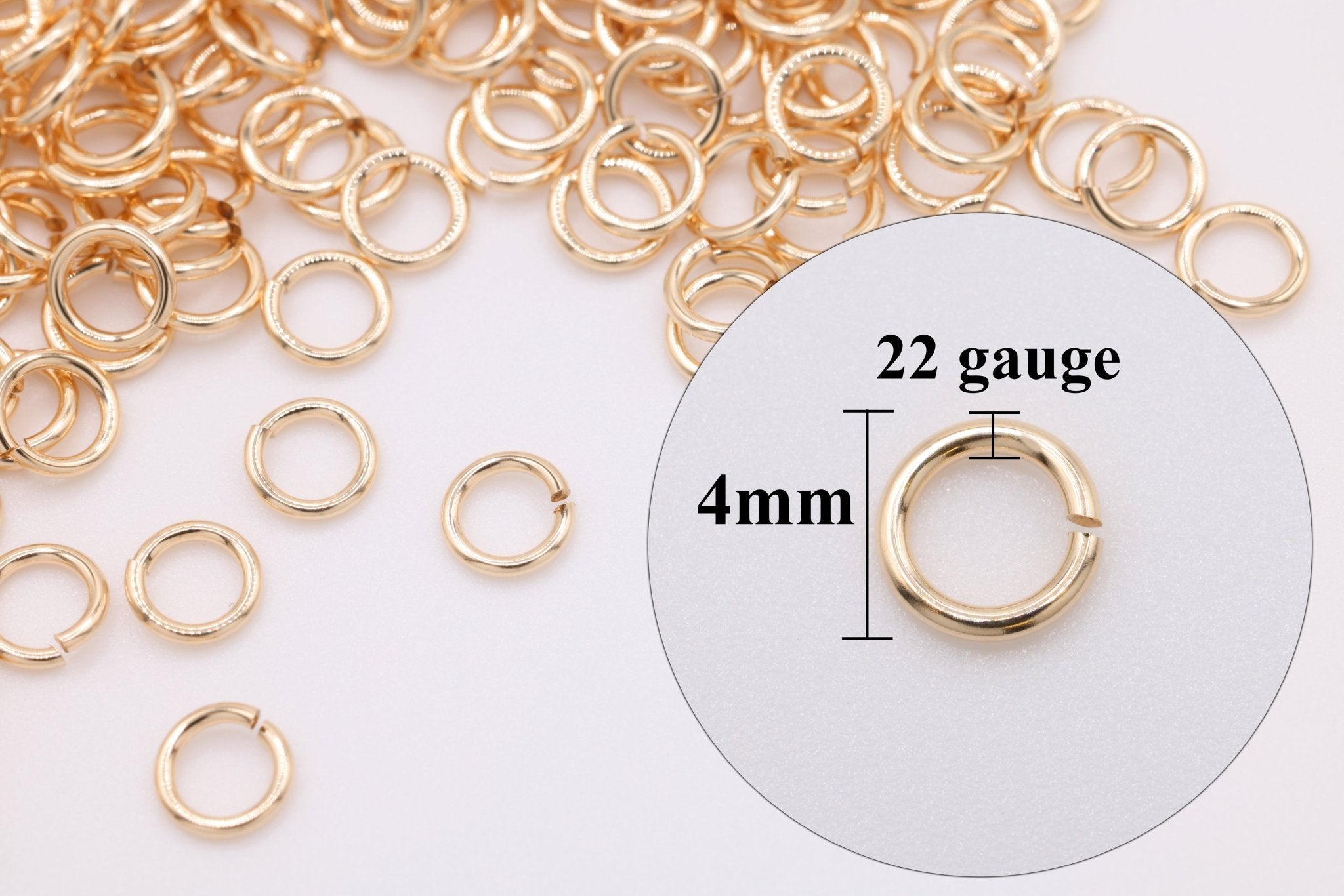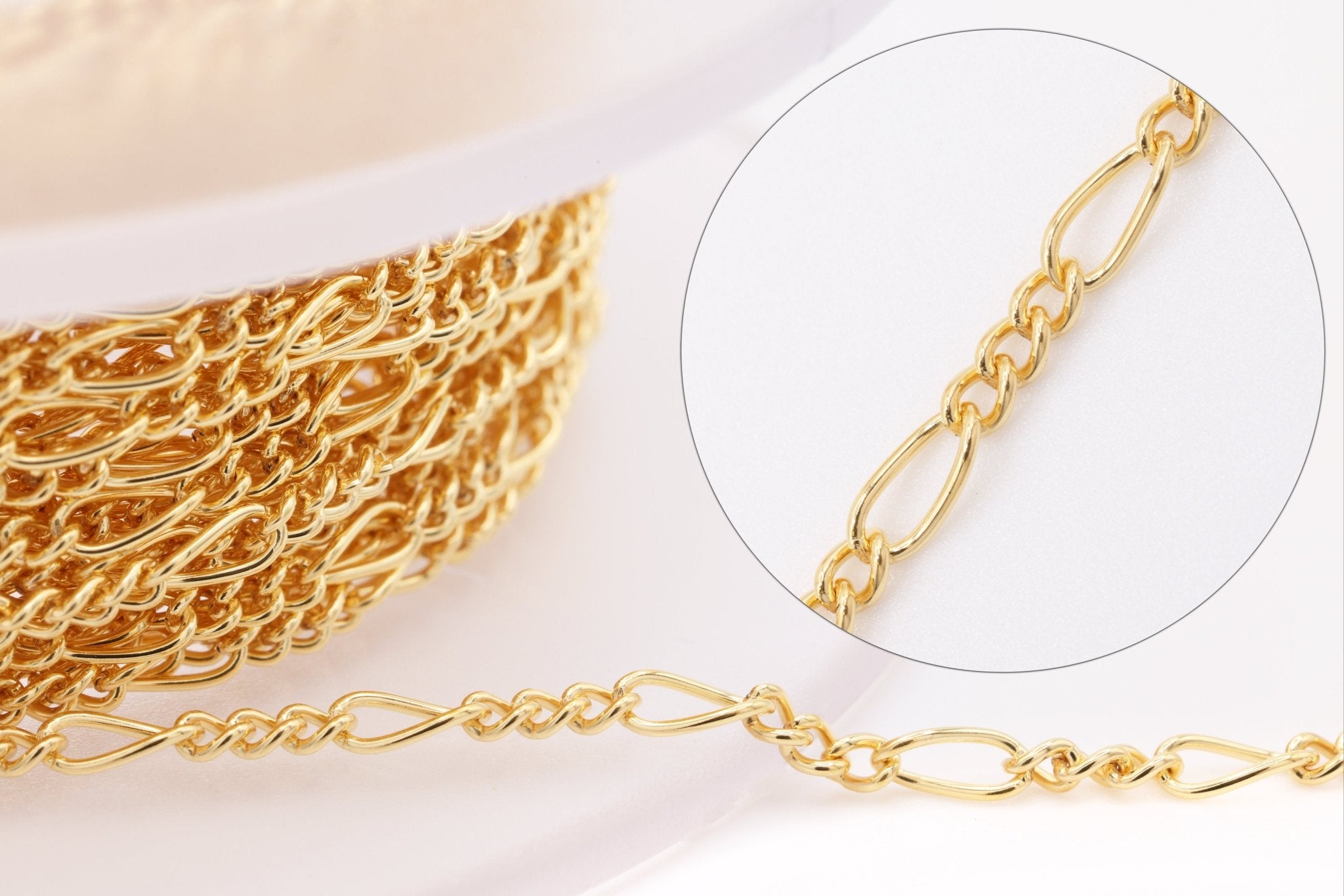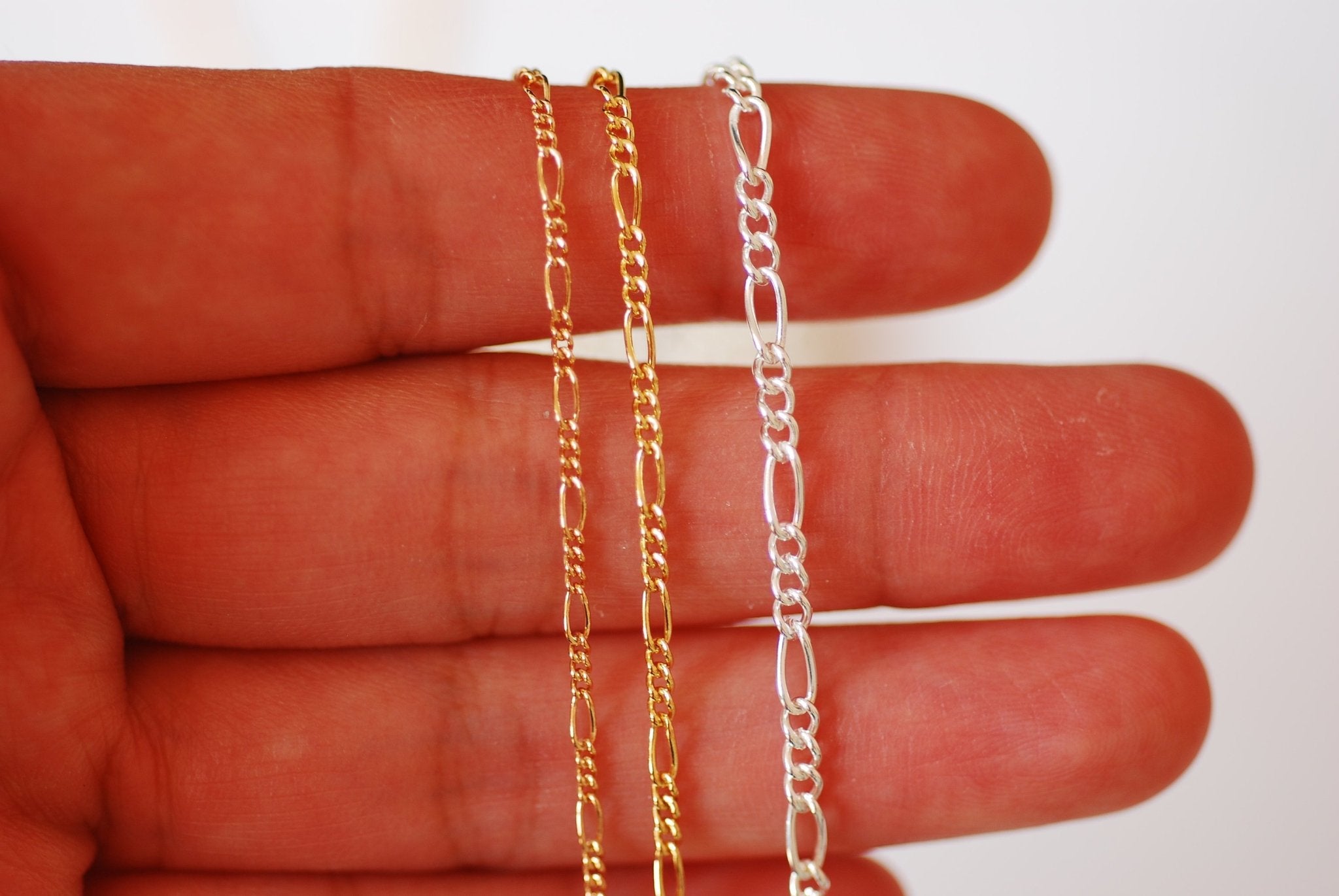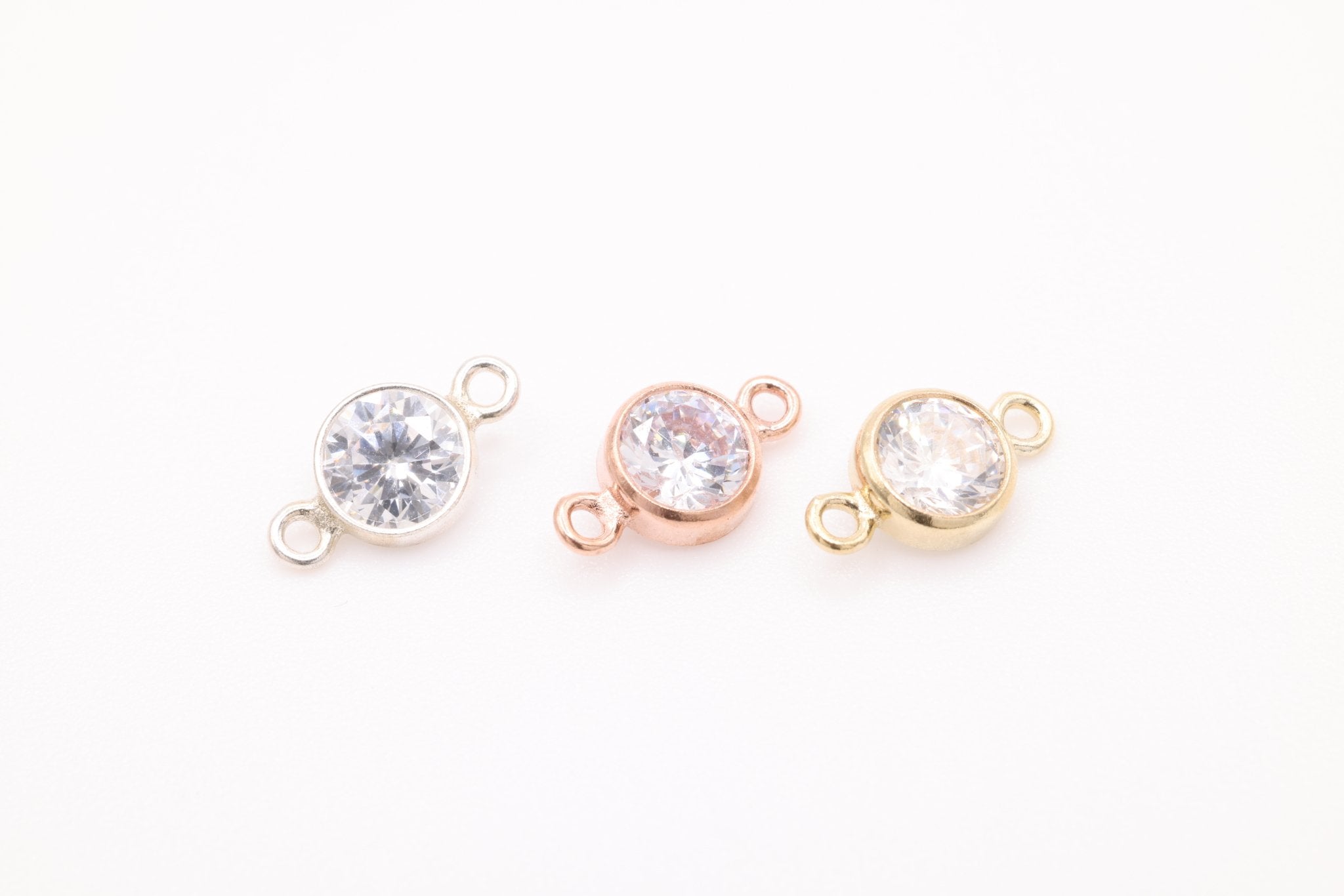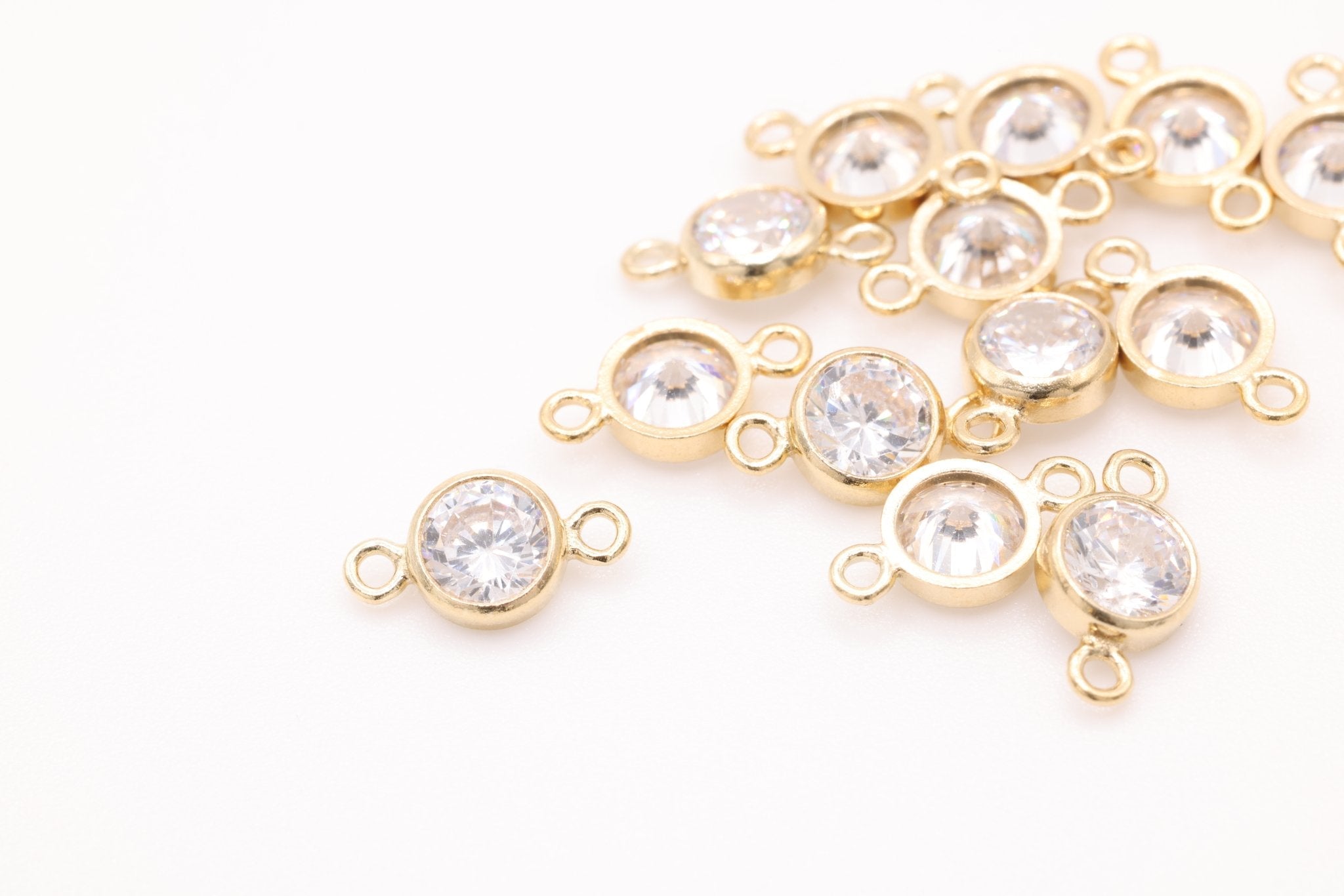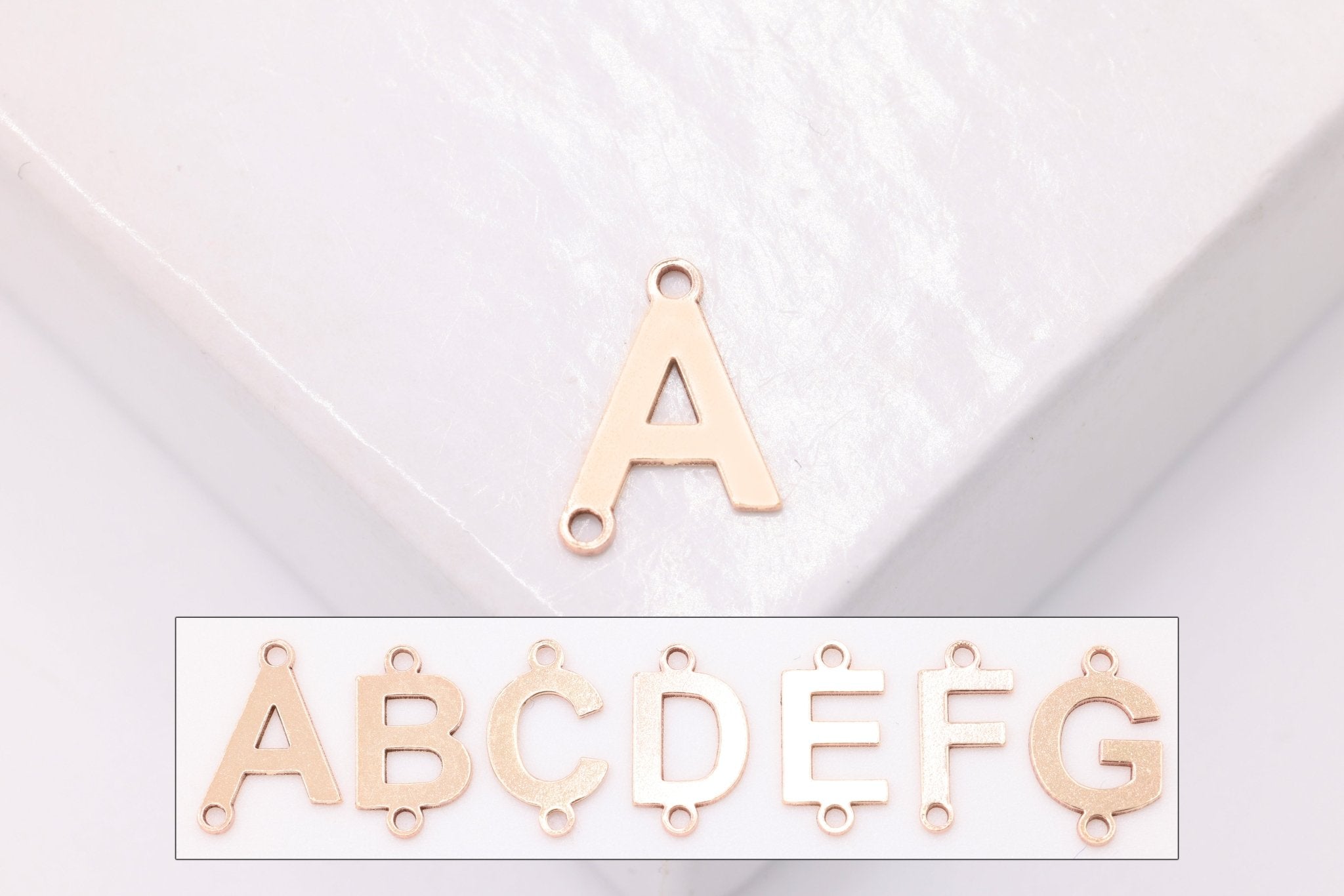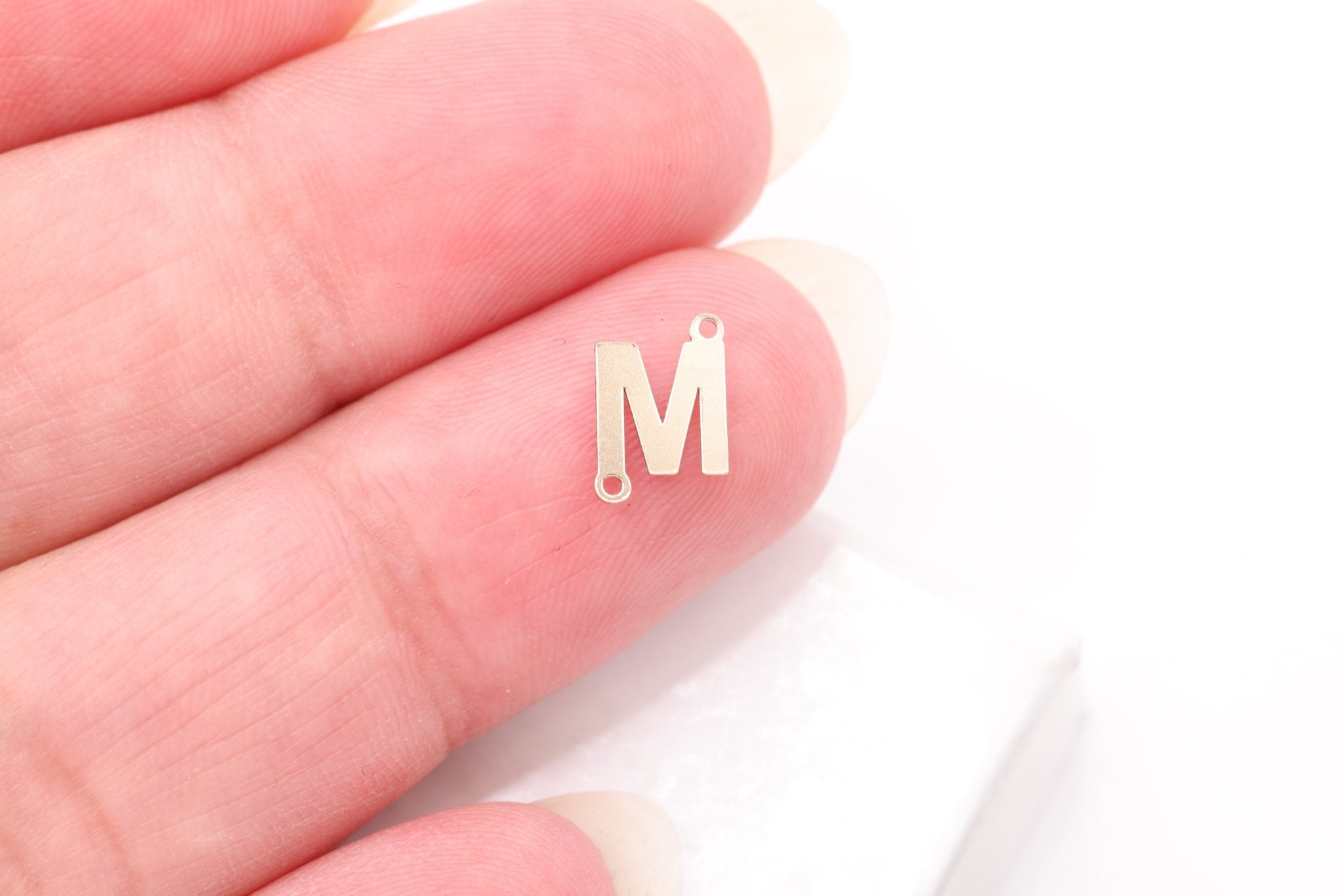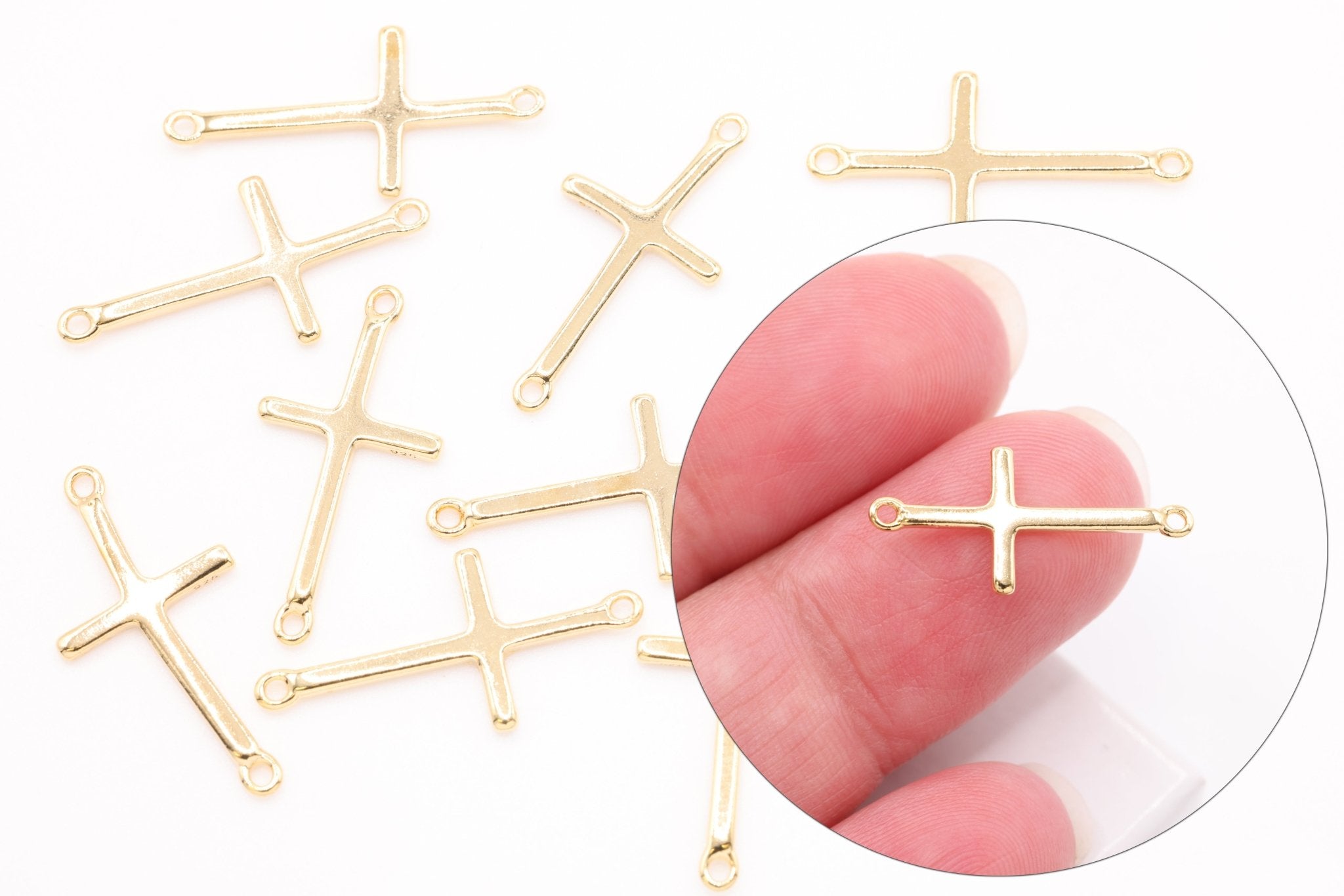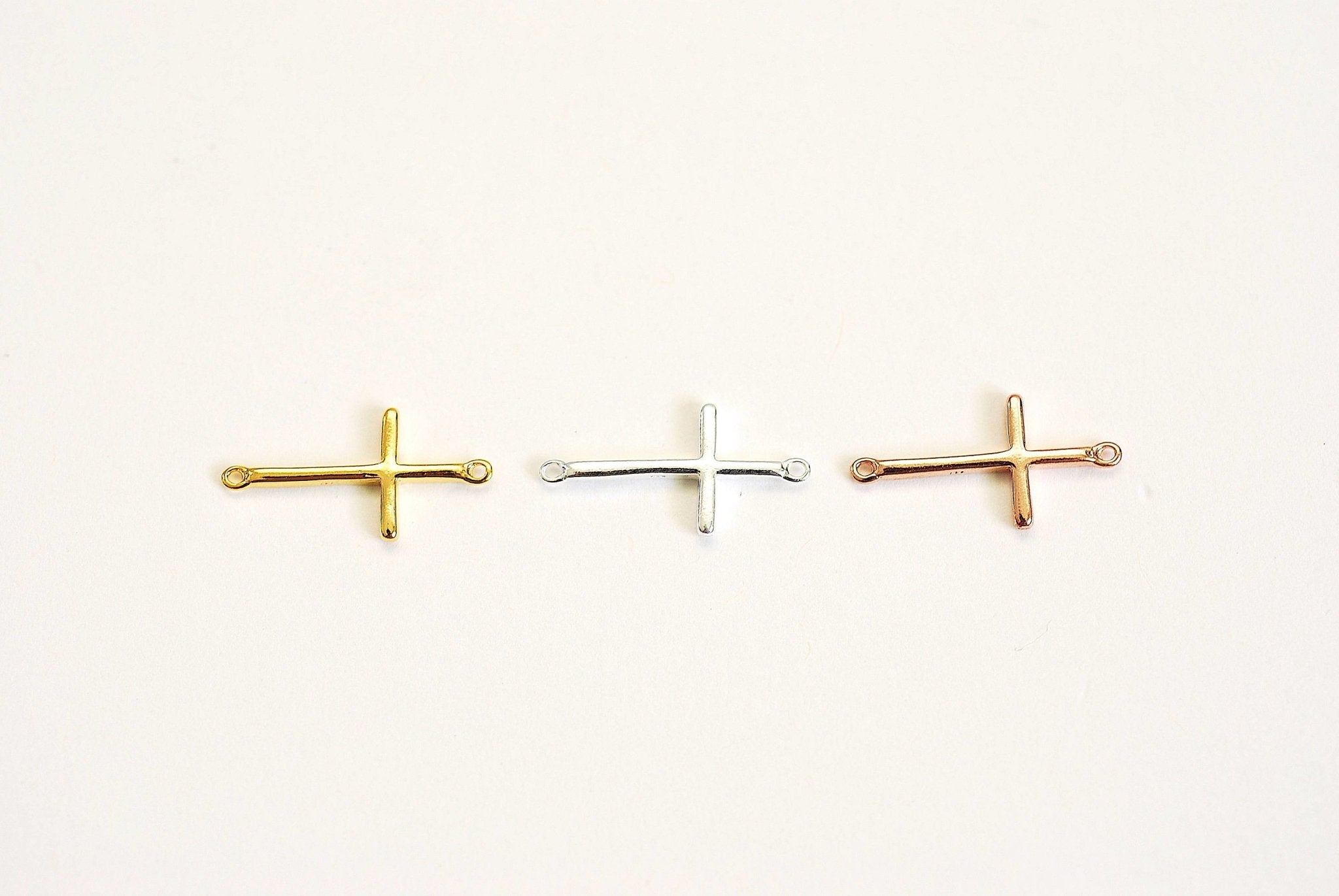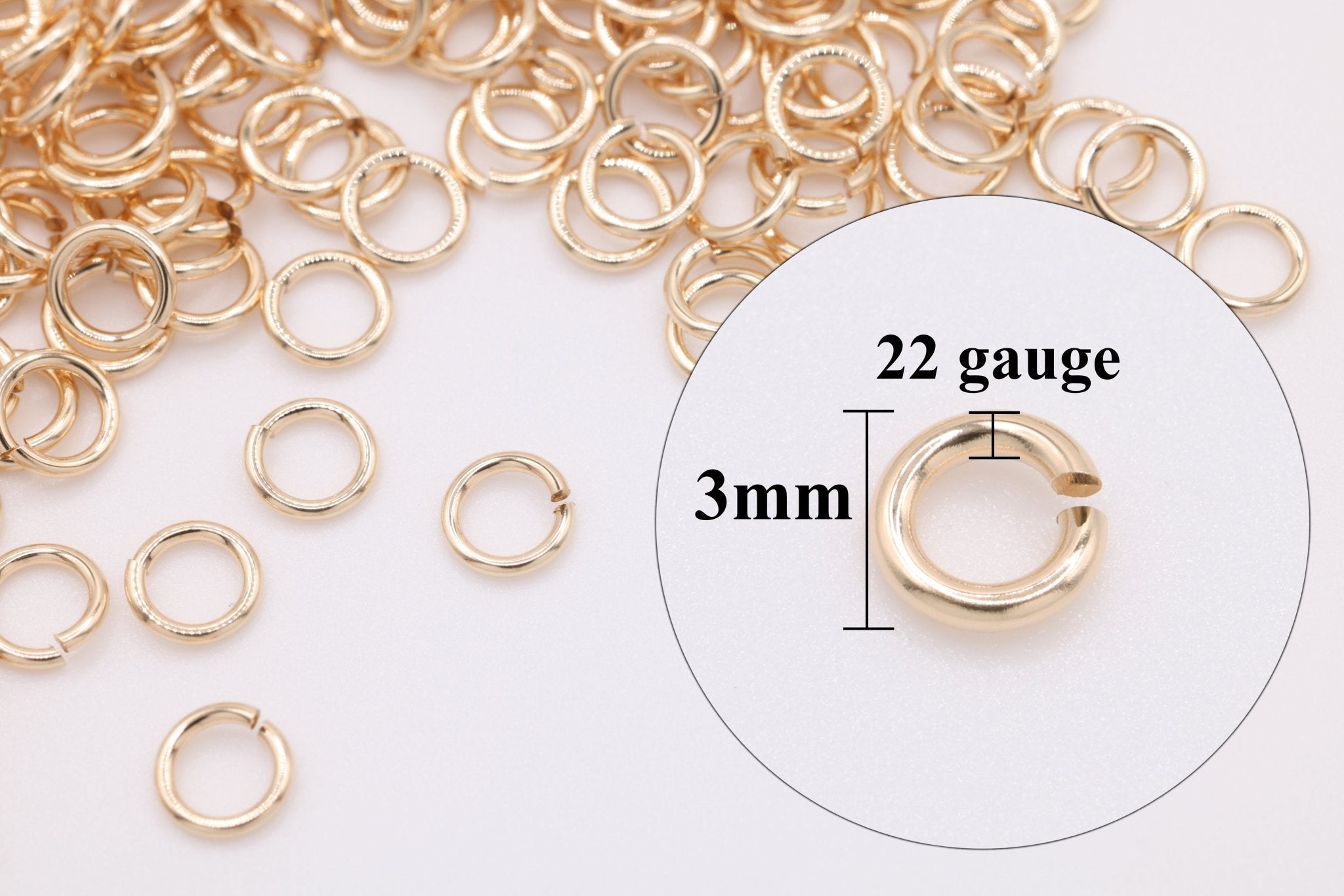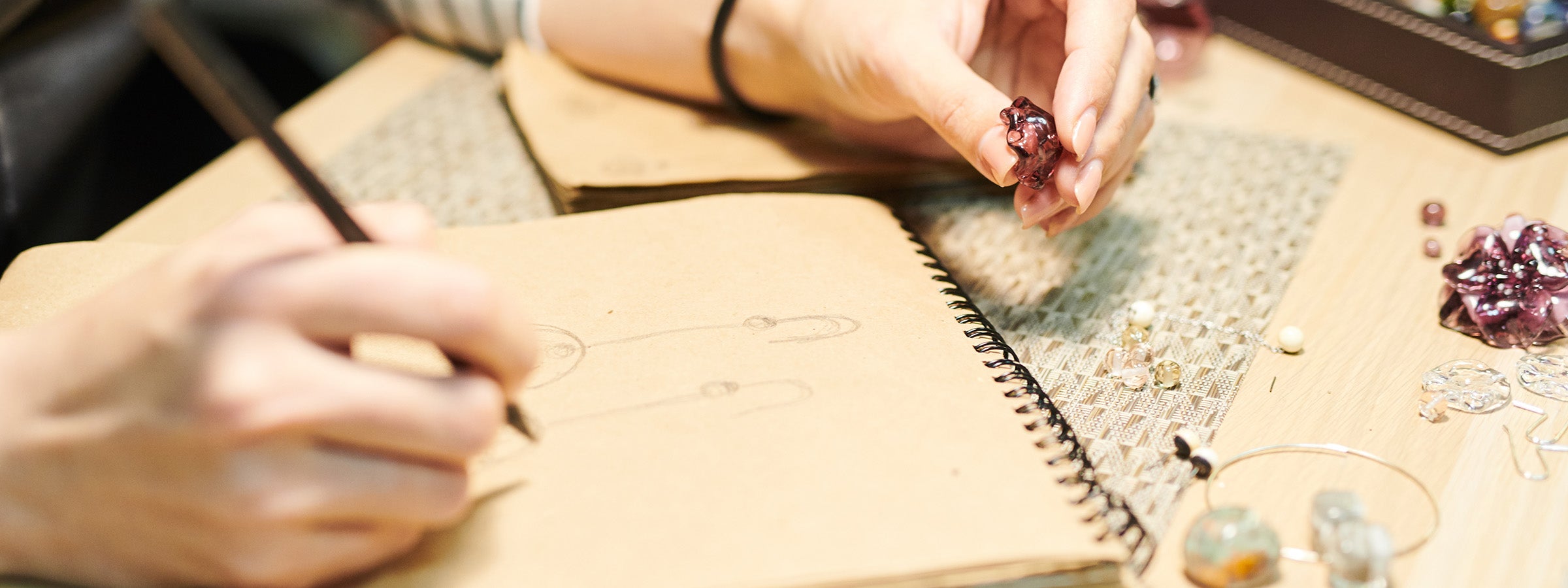Understanding Jump Ring Gauges: A Guide to Different Jump Ring Gauges and Sizes
By: Leslie H.
Jump rings may seem like simple components of jewelry making, but they play a crucial role in connecting various elements, such as chains, clasps, and charms, to create beautiful and functional pieces. When it comes to jump rings, their size and gauge are vital factors that can significantly impact the final look and durability of your jewelry. In this blog, we'll delve into the world of jump ring gauges, exploring the different sizes available and how to choose the right one for your jewelry projects.
What is a Jump Ring Gauge?
A jump ring gauge refers to the thickness or diameter of a jump ring wire. It is typically measured in wire gauge units or millimeters. The gauge indicates the jump ring's strength, durability, and suitability for various jewelry-making tasks.
Common Jump Ring Gauges
Jump ring gauges can vary from extremely thin to thick, and each size serves a specific purpose in jewelry making. Here are some common jump ring gauges and their uses:
- 20 Gauge (0.8mm): This is a versatile gauge suitable for lightweight earrings and delicate chains.
- 18 Gauge (1.0mm): A bit thicker, 18-gauge jump rings are excellent for connecting medium-sized components like pendants and clasps.
- 16 Gauge (1.3mm): These jump rings are sturdy and ideal for heavier components like chunky charms and bracelets.
- 14 Gauge (1.6mm): Reserved for substantial jewelry pieces like chunky necklaces and bracelets, 14-gauge jump rings offer superior strength.
| Jump Ring Size | Inner Diameter (mm) | Outer Diameter (mm) | Wire Gauge (SWG) | Common Uses |
|---|---|---|---|---|
| 3mm | 2.2mm | 3.0mm | 22 | Lightweight earrings, delicate chain connections |
| 4mm | 3.0mm | 4.0mm | 20 | Earrings, lightweight pendants |
| 5mm | 3.8mm | 5.0mm | 18 | Chain connections, medium-sized pendants |
| 6mm | 4.6mm | 6.0mm | 16 | Necklaces, bracelets, medium-sized charms |
| 8mm | 6.4mm | 8.0mm | 14 | Chunky necklaces, statement bracelets, large charms |
| 10mm | 8.2mm | 10.0mm | 12 | Bold and chunky jewelry designs |
| 12mm | 10.2mm | 12.0mm | 10 | Large and eye-catching jewelry creations |
| 14mm | 12.2mm | 14.0mm | 8 | Heavy-duty jewelry designs, substantial components |
Choosing the Right Jump Ring Gauge
Selecting the appropriate jump ring gauge depends on the specific requirements of your jewelry project:
- Delicate Jewelry: For lightweight, delicate pieces like earrings and fine necklaces, opt for 20-gauge or 18-gauge jump rings for a delicate look.
- Medium-Sized Jewelry: When creating necklaces or bracelets with medium-sized components, 18-gauge or 16-gauge jump rings strike a balance between strength and aesthetics.
- Chunky and Bold Jewelry: If you're designing bold, statement jewelry with substantial charms or chains, go for 16-gauge or 14-gauge jump rings to ensure durability.
Tools and Techniques for Working with Jump Rings
Working with jump rings requires specific jewelry tools and techniques:
- Chain Nose Pliers: These pliers are essential for opening and closing jump rings securely.
- Round Nose Pliers: These pliers can help you create loops for earrings or pendant connectors.
- Jump Ring Opener/Closer: A specialized tool for easily and consistently opening and closing jump rings.
Common Mistakes to Avoid
To ensure your jewelry pieces are secure and visually appealing, avoid common mistakes when working with jump rings. These include not closing the ring completely, using the wrong gauge for the job, and using pliers that can damage the jump rings.
Experiment and Explore
Don't be afraid to experiment with different jump ring sizes and gauges to achieve unique textures and styles in your jewelry designs. Mixing and matching jump ring sizes can create depth and visual interest in your creations.
Jump ring gauges may seem like a technical aspect of jewelry making, but understanding them is crucial for crafting pieces that are not only aesthetically pleasing but also durable. By choosing the right gauge for your specific project and mastering the techniques of working with jump rings, you'll have the foundation needed to create stunning jewelry pieces that stand the test of time. So, don't underestimate the power of jump ring gauges in elevating your jewelry-making skills and designs. Find wholesale jump rings at HarperCrown.
Common Questions and Answers
-
How do you open and close a jump ring?
- To open a jump ring, hold it with two pairs of pliers on either side of the split. Twist one side towards you and the other away from you. This motion opens the ring without distorting its shape. To close it, reverse the process, bringing the ends back together until they meet.
-
What sizes do jump rings come in?
- Jump rings come in various sizes, measured by diameter and gauge (thickness). The diameter can range from a couple of millimeters to over an inch, while the gauge can vary from very thin (high gauge number) to very thick (low gauge number).
-
What materials are used to make jump rings?
- They are made from a variety of metals, including gold, silver, copper, brass, and stainless steel. Some are also made from non-metal materials like rubber or plastic for specific design needs.
-
Can I make my own jump rings?
- Yes, you can make your own jump rings by coiling wire around a mandrel (a rod) to form a spring, then cutting this spring with wire cutters to create individual rings. This allows for customization in size and material.
-
How do I choose the right size jump ring for my project?
- The size depends on the function and design of your piece. Larger, thicker jump rings are stronger and more suitable for key parts of a piece, like the ends where clasps are attached. Smaller, thinner ones are better for adding delicate charms or creating intricate designs.
-
Are there different types of jump rings?
- Yes, there are several types, including split rings (similar to key rings), soldered rings (which are permanently closed), and twisted rings (which add a decorative element). Each type serves a different purpose in jewelry design.
-
Can jump rings be soldered for extra security?
- Yes, particularly in high-end or heavy jewelry pieces, jump rings can be soldered shut for additional security. This requires some skill in soldering and the appropriate equipment.
-
How do I prevent jump rings from opening or losing their shape?
- Use the correct opening and closing technique to maintain their shape. Also, choosing the right size and gauge for the intended use is crucial. For added security, soldered jump rings or split rings can be used.
-
Do I need special tools to work with jump rings?
- While specialized tools are available, most jewelry makers use two pairs of pliers (like needle-nose pliers) to open and close jump rings. A mandrel is useful for making your own jump rings.

